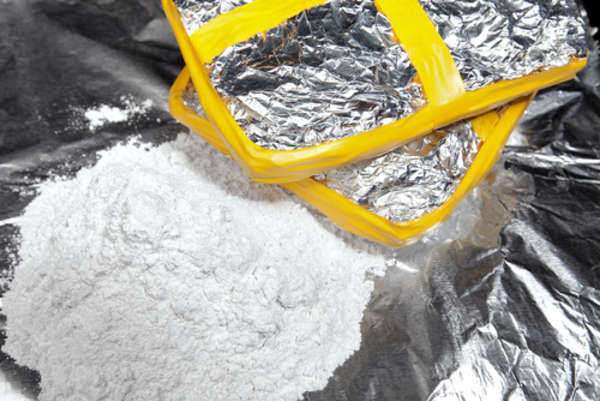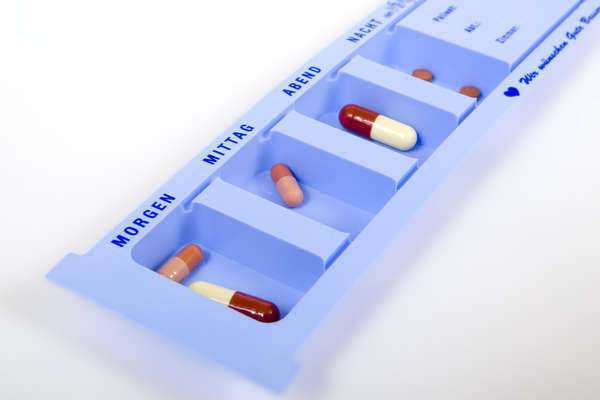
Purpose
The abuse and addiction to drugs and substances has always been a concern for the United States Government. The Controlled Substances Act is an attempt to curtail the use and abuse of illicit drugs and substances, and the categorization of each is a means to control and regulate how the drugs and substances are dispensed and used. The inclusion of certain drugs or substances into Schedules not only lists those that are considered illegal, but also helps anyone to view each substance in terms of their potential dangers.
The purpose of drug scheduling is to outline and restrict certain drugs and substances according to their viable and potential dangers to abuse and/or addiction. Furthermore, it also provides for a basic guideline in terms of law, listing drugs in accordance to their dangers, but also in terms of their legal or illegal use. Those in Schedule I are not only the most dangerous, but are also those drugs or substances that have no medical applications and their use is illicit.
Creation
Drug Scheduling was created as an attempt to provide for basic restrictions and regulations of certain drugs and substances. Drug scheduling would essentially become the basic formula for what is now considered as the United States' drug law enforcement.
The passage of the Controlled Substance Act into legislation would help provide for the country's drug laws and regulations, but also as a categorized system which would outline the potential dangers and hazards for particular drugs and substances. Through drug scheduling, an individual may be able to not only know what controlled substances are and how they are regulated, but also at first glance understand the potential dangers to addiction and abuse. The systemic categories provide for the understanding that those listed in Schedule I are not only considered illegal, but also the most hazardous for use. At a simple glance, one can understand the potential risks of using the drugs, both on the health hazards as well as the legal ramifications and consequences.
Role of the DEA
The Drug Enforcement Administration would become the Federal Government's official branch with the complex task of regulating and enforcing the country's drug laws and legislation. The DEA would also be responsible in the classification and categorization of controlled substances under the Controlled Substances Act, as well as enforcing the regulations and standards provided by written legislation and law. Not only does the DEA research and study the risks and inherent nature of drugs and substances, but also enforces the drug laws on the field, by actively pursuing and detaining those who infringe or break the Federal drug laws.
In more recent times, the DEA has faced the difficult task of regulating and controlling the abuse of medical or prescribed drugs and substances. Drug and controlled substance abusers have shifted the typical expectations of being hooked on illicit drugs to forming a dependence on substances used legally in the medical field. The DEA is investigating how certain prescribed medicines have the ability to form addictions and dependence and instituting more restrictive and controlling policies as an effort to stop and reduce the abuse of prescription drugs or substances.
Controlled Substances Act
The Controlled Substances Act was passed into legislation in 1970 under the presidency of Richard Nixon. The new laws were an immediate response to the seemingly overwhelming recreational drug use and abuse of the era. The CSA would essentially become the United States drug policy and laws, by separating drugs and substances into categories depending on their addiction and/or dependence viability and their medical applications, if any. The Controlled Substances Act would not only provide for a list of dangerous and illicit substances, but also legally prescribed medications and substances that may prove to be hazardous and dangerous if abused or used for other reasons than their medical intentions.
The Drug Enforcement Agency would be established as a result of the Controlled Substances Act in order to have a Federal branch and organization to implement and enforce the new laws and legislation. The CSA still remains as the central factor behind the country's drug laws and is now being used to implement stricter policies regarding prescription drugs and substances due to their current abuse and dependency factors.
Schedule I
The Controlled Substances Act provides for a system of classification for controlled substances according to the basic factors of potential for abuse and/or dependency and the drug or substance's applications in the medical field, if any, are found. The substances in Schedule I prove to be the most dangerous or hazardous in terms of possible addiction or dependence. Generally speaking, these controlled substances are the ones that are, in most part, illegal for use or possession.
Schedule I controlled substances prove to be of no accepted medical use or are extremely limited in terms of legal availability. The sentences deriving out of violation of drug laws in terms of possession or trafficking of Schedule I controlled substances are considered as the most severe. Life imprisonment and extremely high fines can be imposed by the court under certain circumstances. Controlled substances under Schedule I include Marijuana (Cannabis), Heroin, MDMA, Psilocybin, Mescaline, LSD, and GHB.
Schedule II
Controlled substances under Schedule II provisions of the Controlled Substances Act can prove to be as dangerous as those found in Schedule I. The main reason for their classification under Schedule II is that they have some sort of medical application or treatment, whereas those in Schedule I do not. However, a controlled substance still has the potential for abuse and/or addiction as those found under Schedule I. These drugs or substances are also strictly regulated and available only by medical prescription when used as directed and in accordance to law.
Certain types of Schedule II drugs or substances will require prescriptions by a medical practitioner and cannot be refilled. A new prescription is required for every subsequent time that the medication or substance is dispensed. Some of the drugs or substances included under Schedule II provisions include Cocaine, Opium, Methadone, Oxycodone, Morphine, Fentanyl, PCP, Adderall, and Codeine.
Schedule III
Schedule III controlled substances are slightly less restricted and regulated than those in Schedules I and II. In general, these controlled substances are applied in the medical field quite extensively and are proven to be effective when used under medical care and supervision. These drugs and substances are only legally available by prescription. Schedule III drugs and substances are placed under this provision because they have a current and accepted medical use or treatment and their potential for abuse and/or addiction are less than those substances found in Schedules I and II.
Drugs included in this schedule include Anabolic steroids, Ketamine, Xyrem, Marinol, and certain compounds containing Hydrocodone and/or Codeine. Anabolic steroids have been of recent focus due to their illegal use in professional sports, particularly baseball, in which recent news has reported several athletes supposedly employed the use of anabolic steroids to enhance their performance in the sport.
Schedule IV
Controlled substances found under Schedule IV are similarly regulated and controlled as those found in Schedule III. These drugs are considered to be less addictive or potentially abused than those in Schedule III and all have proven to be as accepted for medical use or treatment in the United States. These drugs or substances are only available with a prescription, which can only be refilled up to five times within a six month period. Substances found in Schedule IV include Xanax, Valium, Klonopin, Ambien, phenobarbital, and Flunitrazepam or Rophynol.
Rophynol, or "roofies," have been of particular concern to the DEA because of its infamous and notorious use as a "date rape drug," used in cases of sexual assault and rape. Though the drug is not medically used in the United States, it is still considered illegal and its availability is the subject of focus of the DEA in terms of limiting or completely curtailing the illegal possession and trafficking of the drug.
























